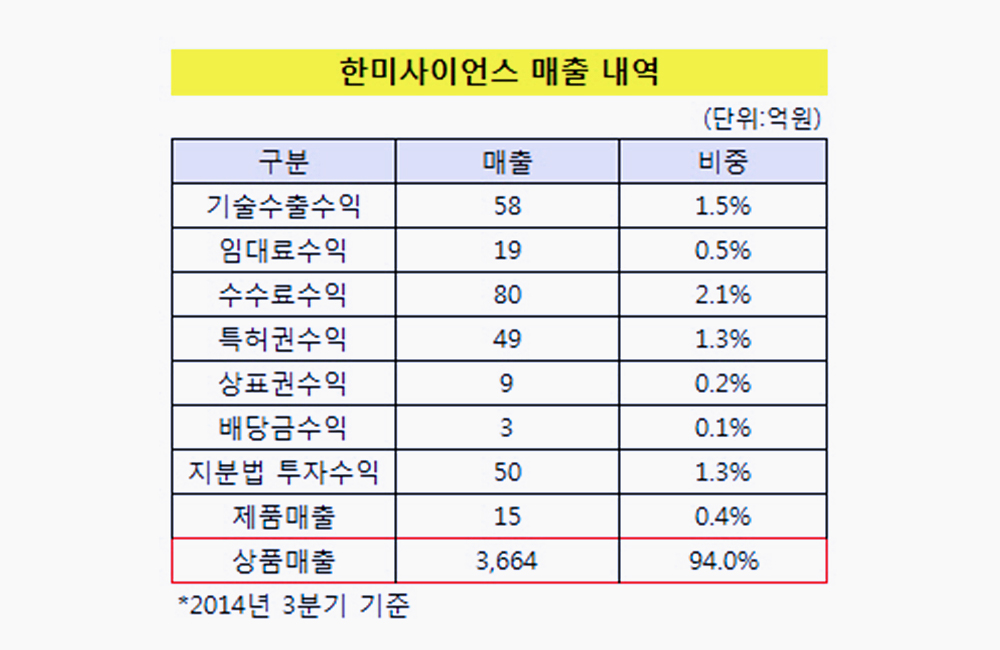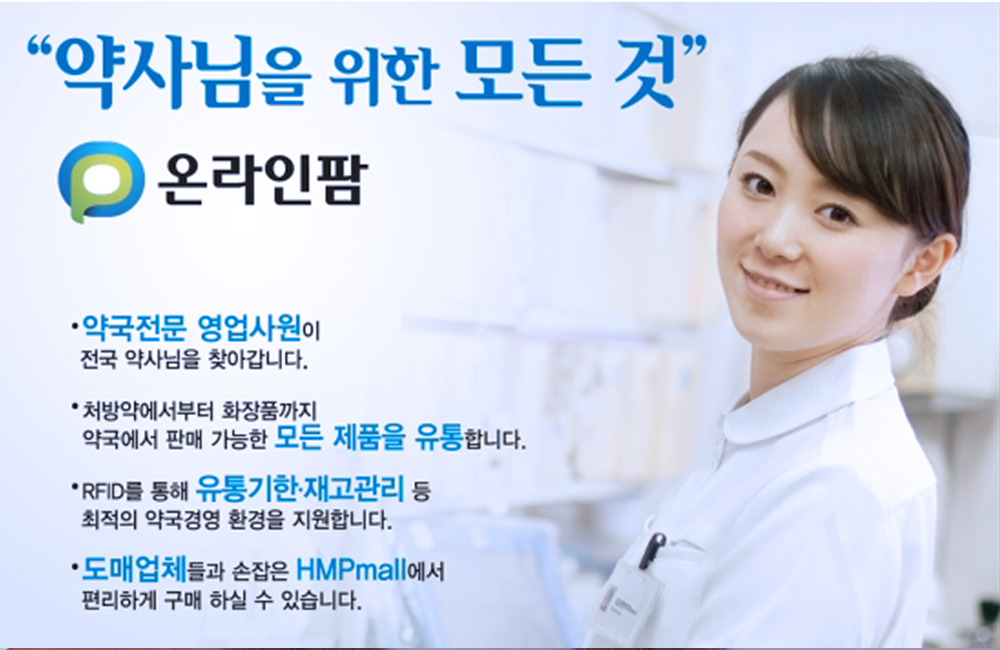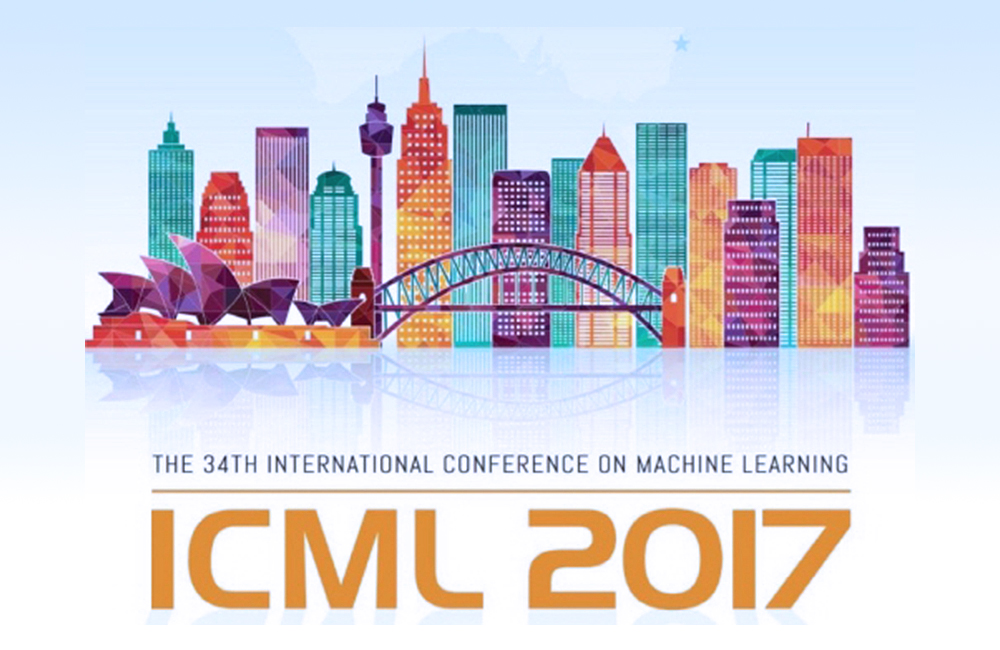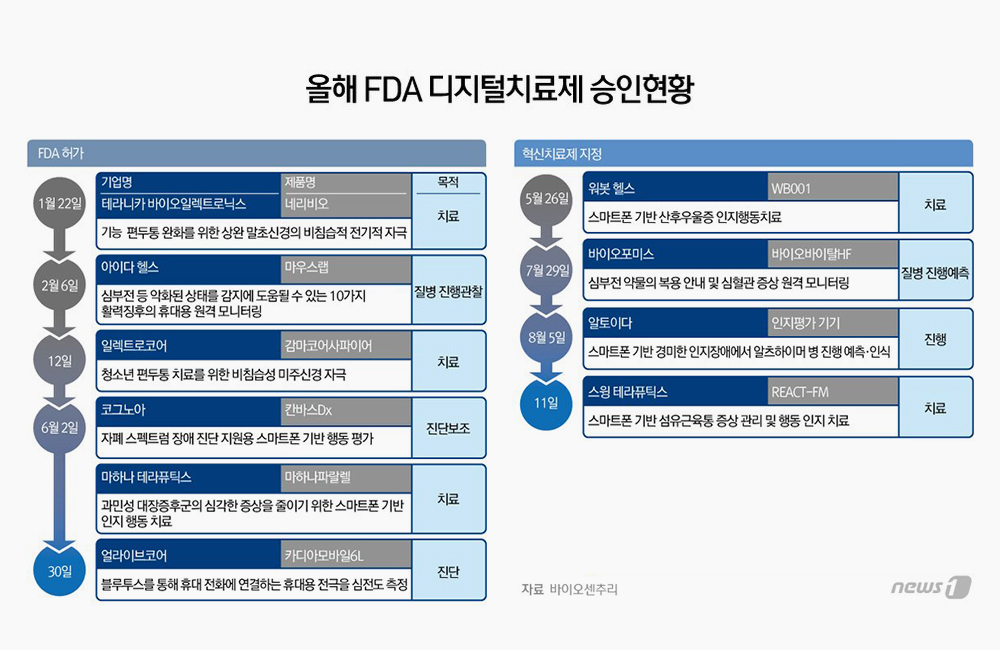Digital medicine, with the help of sensors,
digital diagnostics, or mobile apps, can efficiently provide real world patient
population data outside of hospitals and clinics and ensure improved self care
behaviors and even richer doctor consultations in the future
The world over, critical processes are
being transformed by emerging technology – and healthcare is no exception. In
the healthcare ecosphere, technological advancements such as cloud-based storage
systems, electronic medical records, wearable medical devices, and remote
monitoring have not just changed the very face of the sector but have also
considerably improved patient outcomes.
A recent report estimated that global
digital medicine would reach a massive US$ 18.6 Billion by 2029 while growing
at an impressive CAGR of 23.5%. (1) Practitioners, regulators, and physicians
across the globe are delving deeper into the possibilities of digital medicine.
This brings us to the all-important question:
What is digital medicine and why is it
necessary?
In the simplest of terms, digital medicine
utilizes tech-led tools for measurement and intervention in the healthcare
space. From a simple app that tracks your daily steps to a complex
IoT-connected pacemaker, a diverse set of services fall within the ambit of
digital medicine. (2)
In the digital age, where most systems are
powered by data, digital medicine is no different. By using highly innovative
hardware and software, digital medicine focuses on the collation of evidence or
data that can be broadly used for prevention, treatment, and recovery. The end
goal remains improving the quality of life for patients.
In a world where the prevalence of
lifestyle disorders is growing, improved real-world outcomes are keys to a high
quality of life. Digital medicine, with the help of sensors, digital
diagnostics, or mobile apps, can efficiently provide real world patient
population data outside of hospitals and clinics and ensure improved self care
behaviors and even richer doctor consultations in the future
While real-world data offers real-time
information on the health and status of a patient by consistent monitoring
through products like apps and wearables, real-world evidence maps the benefits
and drawbacks of these products, allowing numerous counterparts of the
healthcare field to rely on them for better patient care. (3)
Mapping the benefits of digital medicine
In the current scenario, we are looking at
a greater focus on digital medicine and the larger digital health space. The
COVID-19 pandemic, which threw the healthcare space into a frenzy, has thrown
digital solutions for healthcare into sharper relief. While the ongoing shift
was the response to the crisis, digital medicine, and digital therapeutics will
become a critical component of healthcare in the near future thanks to their
multidimensional benefits. Here’s looking at the benefits of digital medicine
for different cogs within the healthcare space:
Aiding medical practitioners
Digital medicine brings real-world data and
evidence to the center stage. Information on patient health and care delivery
such as patient-generated data is routinely captured. This helps doctors better
monitor their patient’s health to make better, data-driven decisions regarding
treatment plans, essentially enhancing the delivery of healthcare for every
individual.
With the same intention, we started Wellthy
Therapeutics which acts as a gateway between the patient and the doctor in
accompaniment to traditional healthcare. After a patient is prescribed
medicines and tests, doctors identify those who need assistance with improving
their self-management. These patients then sign up on the Wellthy CARE app, an
interactive portal that acts as a personal medical assistant. It allows patients
and doctors to chat with each other and reminds patients to take medicines or
log in their hours of walking.
Empowering patients
Digital medicine makes for more
personalized healthcare. When tech-led digital medicine solutions such as
digital therapeutics platforms come into the picture, patients have more
hands-on participation in their prevention, treatment, or recovery plan. This
gives patients greater access to quality healthcare and leads to reduced
clinic/hospital visits, thereby saving additional costs for patients.
Enabling remote monitoring
Remote monitoring via DRx platforms has
shown clinically validated outcomes for conditions such as diabetes,
hypertension, and heart failure. With the help of digital medicine, patients
and doctors can identify early signs and symptoms of conditions and seek early
interventions to solidify the possibility of positive outcomes.
This also plays a major role in improving
the quality of life for those with chronic conditions. Hospital visits and
stays are reduced and disease awareness and management move in a favourable
direction.
Easing the burden on health
infrastructure
The COVID-19 pandemic, which continues to
ravage the nation in recurring waves, has occasioned havoc on the health
infrastructure of the country. The need for technological prowess to reduce
this burden is clear and urgent. Digital medicine, by increasing disease
awareness among patients, encouraging compliance to treatment plans, allowing
remote monitoring and progress tracking by doctors, can exponentially decrease
the overall burden on the healthcare infrastructures.
Doctors can intervene when required while
mapping disease progression and ensuring early detection in case intervention
is not needed. Simply put, by making rich data streams easily available,
digital medicine will unlock a new paradigm of medical care.
The main stakeholders of digital medicine –
patients, clinical care providers, regulators, physician-scientists, and
traditional med device companies – are pushing for further innovation in this
space. It is only with continued research and development that more
sophisticated monitoring tools and methods will be introduced, further
improving outcomes by impacting the speed, efficiency, and accuracy of
treatment. Much more is anticipated from the digital medicine space. This,
decidedly, is just the beginning.









